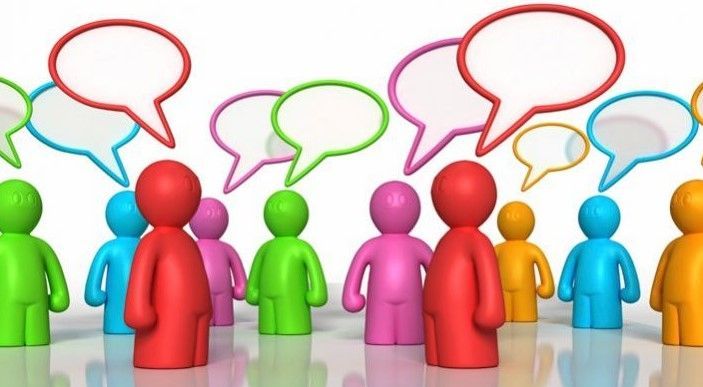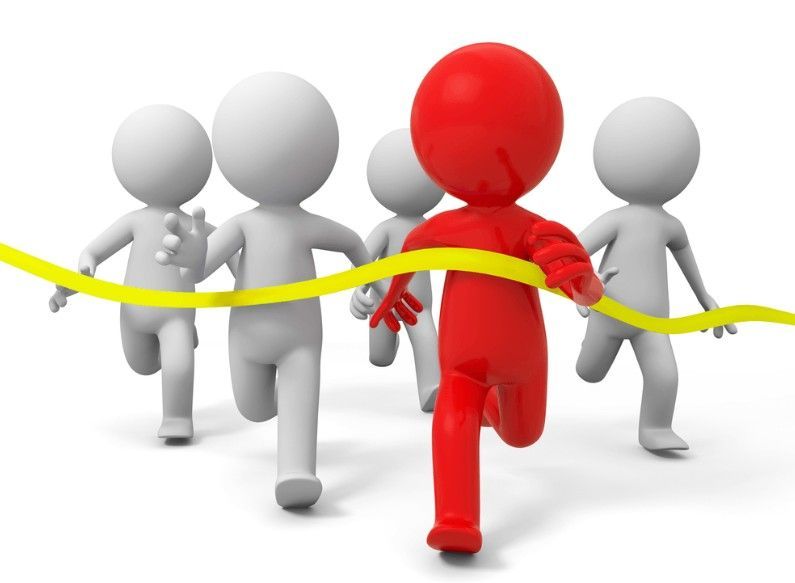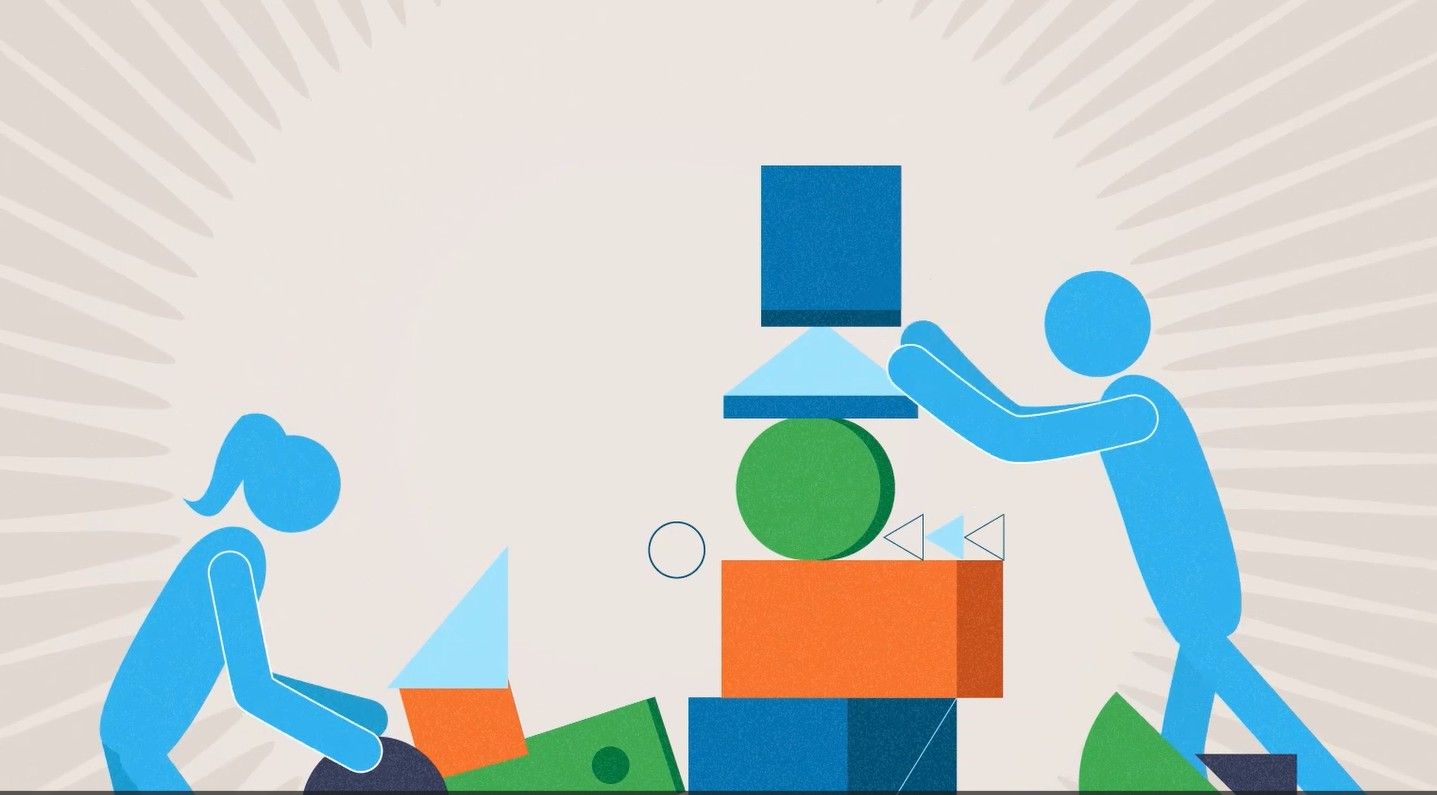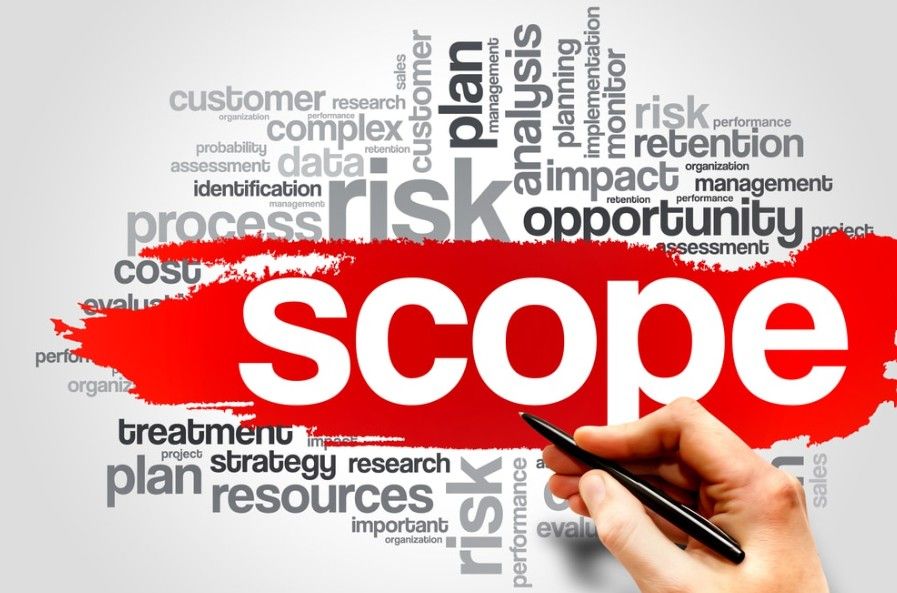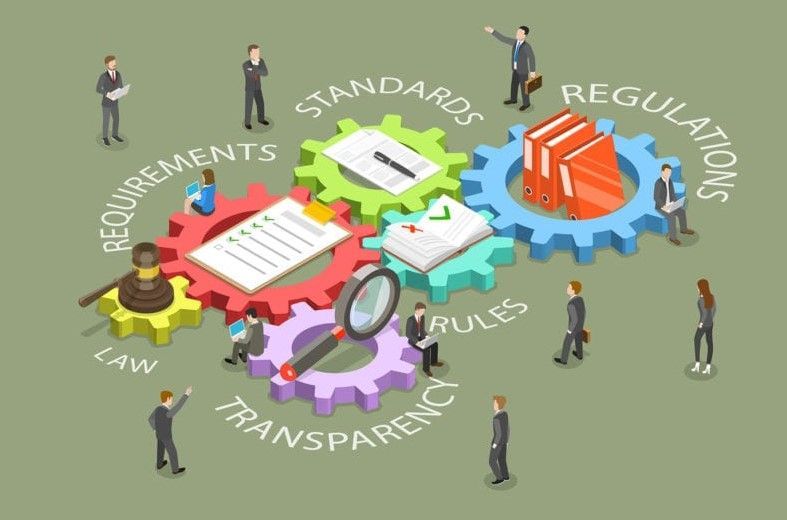7 Ways Your Proposal Can Seal the Deal–or Sabotage It
August 14, 2025
Killer proposals aren’t born. They’re made. And here’s how.
1. Good Discovery, Good Proposal. An effective proposal starts with effective discovery. What does that mean? You need to spend enough time asking the questions that will help you know how to provide the best solution for your prospect. You cannot provide a specific, unique solution unless you perform discovery that identifies specific problems your company can solve. That effort will give you a clear competitive advantage. Most salespeople we work with are so intent on “making a sale” that they give discovery short shrift. That in turn gives the prospect a valid reason to do the same to them.
2. Show Up, Clean Up . Try your best to present your proposals in person, face to face. Although it’s not always possible, it is always worth the effort. Next best is a video conference. After that a phone call. Much less effective are proposals that are e-mailed or snail-mailed without an agreed-upon time to discuss them.
Direct personal contact offers many advantages, not the least of which is a higher success rate. For example, summarizing the results of your discovery as part of presenting the proposal-and getting real-time reaction, both verbal and non-verbal-quickly helps determine whether the solution portion of your proposal is on target. If it’s not, you can immediately shift gears to find out why by performing additional discovery. If you’re presenting to a group, disagreements or corrections within the prospect’s team will often surface and allow you to get everyone on the same page as far as which problems need to be solved-or at least give you a shot.
A CEO once told one of our consultants, for instance, that what we had learned about his company applied only to the one individual we talked to. Our consultant asked who else he should see and restarted the discovery process to learn more of the company’s issues.
3. Customize, Finalize. Don’t send or present what are in truth contracts or boilerplates masquerading as proposals. Although some sections may use standard wording, be sure to customize concerning the problems you will be solving and what the outcomes will be. Several of our clients significantly improved their closing rate by presenting more customized proposals, gaining acceptance, and then providing the contractual terms commonly referred to as “boilerplate.” There is nothing persuasive about receiving a document that is 100% contractual terms or obviously the same one you send to every other prospect.
Key Point: Talk about “what” you’re going to do-that is, the expected outcomes. Don’t explain “how” in any detail. No need to give away intellectual property, which is your “secret sauce.” If you do, your prospect can react in two or three different ways, either telling you outright or just thinking to himself:
- “We’ve tried that and it didn’t work.”
- “Hmm. We can do that ourselves.”
- “I’ll ask around to see if someone else can do the same thing cheaper.”
4. Work with Marketing to Create Proposals Together. If you use marketing people to prepare your proposals, don’t just hand off the responsibility. Work with them! You’re on the same team, after all.
While it’s okay to let marketing leverage your time, you must provide input or, despite marketing’s best intentions, the fallback will be boilerplate. It’s tough to create a customized presentation without knowing the specifics of why this prospect is different. Make the proposal an integrated work between sales and marketing.
We have seen clients spend significant amounts of time meeting with prospective customers, then turning over the proposal preparation to a marketing team that has no access to the history or notes created by the sales team. Marketing either wastes time by coming back to sales to get the information necessary for a strong proposal or by creating an incomplete and uninspired one.
5. Minimize “Why Us.” If you’re at the proposal stage, prospects probably know enough about you either to accept the proposal or, if it looks like you might solve their problems, to continue discussions. One clear sign of a poorly written proposal is a lot of chest-beating by the seller up front. Buyers don’t want to hear that–at least, not much of it. They want to hear what you can do about their problems. Launching a proposal with a lengthy “all about us” section won’t win the business. A short, concise “Why Us” section at the end , however, reinforces the persuasive argument we hope you made earlier in the proposal. Such a persuasive argument shows how well you understand your prospect’s issues and how valuable a solution you can provide.
6. Talk Value, then Talk Price . Save pricing for the end of your proposal after you’ve built up the value of your solution. No matter which medium you use-hard copy, PowerPoint, Web conference–hold pricing information until after you’ve made the case for your solution. There’s absolutely no value to you in prospects seeing your fees until they understand the value they will receive from those fees. The persuasion comes in helping prospects recognize for themselves that the value you provide is so great that price becomes a non-issue.
7. Acknowledge the Buying Process. If you are providing a proposal for a complex sale (versus transactional), your prospects will almost always want to review it in detail after you leave. You know it and they know it. So why not say so and avoid an awkward silence. Unless your prospect says “When can we start?” or “I’ll place an order right now,” beat your prospect to the punch by doing one of two things:
- Acknowledge that you realize it will take time to assess your proposal and you’re not expecting a decision then and there. You understand that your prospect probably needs to review the proposal with others.
- Pause briefly after you present your proposal (or after Q&A) and say, “If you decide to work with our company, the next step(s) would be to . . .
From this perspective, the proposal is simply a tool to help the prospect make a decision in your favor. It is a good idea, however, to try to set a time for a follow-up meeting or phone call.
Want to learn more about killer proposals? Or, better, more about how to do the discovery required to create killer proposals? Just call us at 847-446-0008 or e-mail pkrone@productivestrategies.com.
The post 7 Ways Your Proposal Can Seal the Deal–or Sabotage It appeared first on Productive Strategies, Inc..
